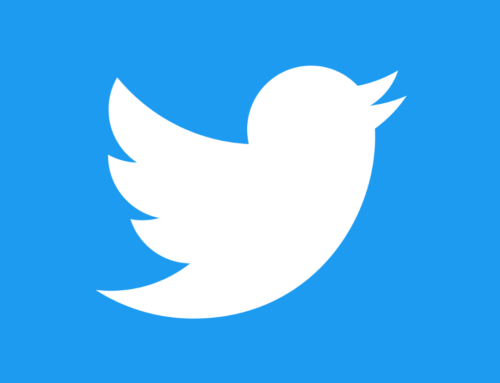Visual images are a key, core component of almost every social media platform, and that means that any business invested in a good social media strategy needs to have an equally solid game plan for how to pick images that will work most effectively. There is no “perfect image” for social media in general, but if you take into consideration technical aspects, creative direction, and marketing goals, you can find the perfect image (or images) for your particular campaign.
Why use images?
When we think of images and social media, our minds jump to particular platforms like Instagram or Pinterest. Obviously, images are of great use on these image-focused platforms, but many people are unaware of the benefit that utilizing images can have on even more text-focused platforms like Facebook and even Twitter. For example, Facebook’s algorithm prioritizes content likely to drive “meaningful interactions,” meaning posts and content that drives real conversations and genuine engagement. Attractive or thought-provoking imagery can do a lot of heavy lifting in getting people to stop scrolling and pay attention to a particular post, which is the first (major) step in getting to that meaningful engagement. Don’t take our word for it; the data reflects this too: Marketing researchers have found that including relevant images can increase engagement on Facebook posts by 2.3x, while Twitter themselves have calculated that tweets with images get retweeted 35% more than text-only tweets. Simply put, our brains respond to images, so use that to your advantage–almost every social media post is more effective with some type of visual component, as opposed to using text only.
Know your platform
While images are useful and effective additions to your content across all social platforms, that doesn’t mean that all platforms respond the same way to the same visual content. A good social strategy means focusing your attention on a few platforms that will reach your audience, and part of that focus means knowing what sorts of images work best and where. Different platforms have different “rules” for what images will work best. Twitter users have found that images summarizing their tweets or tweet threads result in the best engagement. Facebook users know to avoid blue-and-white images that blend into the platform’s UI. Instagram users know that maintaining a consistent (and recognizable) style across all your posts is often more important than any one singular image. Once again, we’re not here to tell you exactly which image is right for you or go through every rule in great detail, but we want to stress the importance of learning what styles are most effective on any given platform you choose to use.
Remember that social media is social
Different platforms may have different rules, but some image recommendations are more universal. Perhaps the biggest is remembering that social media platforms are meant to be just
that: social. People are attracted to them because they’re spaces to make personal connections (remember Facebook’s “meaningful interactions” metric) and not merely highways for digital billboards. This means many brands and businesses do well by cutting back on traditional “hard-sell” sorts of posts or anything that reads explicitly as an advertisement–instead, focus on images that inform your audience (such as infographics), connect with your audience (funny, heartwarming, or otherwise emotive images), or engage their interest (behind-the-scenes photos, sneak-peeks, etc). If your image reads purely as promotion, then social media users on any platform are less likely to engage.
Above all, know your audience
Perhaps the most important rule of marketing as a whole is also (unsurprisingly) perhaps the most important rule when choosing your social media marketing images: know your audience. As a business operator, you probably already have some sense of what will appeal to your audience to get started, but once you’ve been running your social campaigns for a while, you can use hard data to refine your strategy and know what images work best. Just about every social platform has some sort of insights or analytics page for businesses, and by digging into these numbers you can start to see exactly which sorts of images are increasing your audience engagement. Are inspirational quotes getting more likes and comments than product photos? Are pictures of employees reaching a wider audience than a digital upload of your new flyer? Use this data about what resonates with your audience to make smart decisions.
Lastly, don’t neglect proper image sizes
This is less strategic and more technical, but it pays off to always budget time for sizing your images properly. The last thing you need when running a new social campaign or a refined social strategy is your thoughtfully curated images getting cropped, squished, compressed, or otherwise messed up because they weren’t sized properly for any given platform to begin with.
Does this sound like a lot of information? Don’t let it daunt you! Most social media image-selection best practices are fairly intuitive, especially if you’re already running and marketing a successful business. However, if the idea of putting in the research, finding/making the images, remembering the sizes, tracking the data, and everything else sounds like a bit too much for you right now, Skol Marketing can help handle every step of the process. If you’d prefer one-on-one guidance or would like to discuss how our assistance can help you improve your social media presence, please don’t hesitate to contact the local SEO experts at Skol Marketing.







